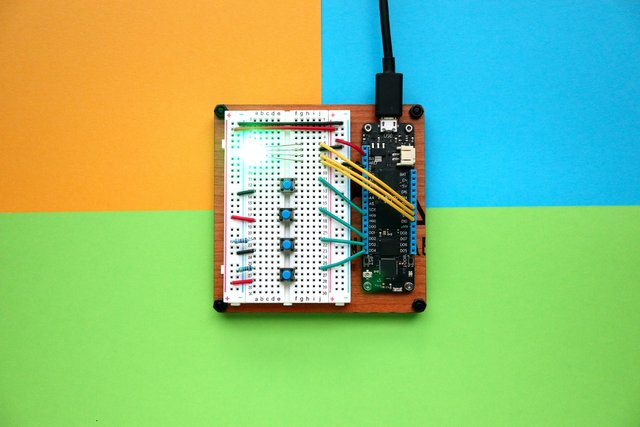Introduction:
In the ever-evolving landscape of technology, the integration of the Internet of Things (IoT) has emerged as a transformative force. Beyond the realms of smart homes and industrial automation, IoT is now poised to redefine our daily commutes and reshape the very essence of our vehicles. From real-time diagnostics to enhanced safety features, the implementation of IoT in motor cars promises a future where driving is not just a means of transportation but a seamless, connected experience.

Telematics and Fleet Management:
The heartbeat of modern transportation lies in efficient fleet management. IoT brings forth a revolution in telematics, enabling real-time tracking of vehicles. Fleet managers now have the power to monitor location, speed, fuel consumption, and driver behavior, leading to optimized routes, scheduled maintenance, and improved operational efficiency.
Vehicle Diagnostics and Maintenance:
With IoT sensors seamlessly integrated into vehicle systems, real-time data on the health and performance of critical components is at our fingertips. This information empowers owners and service providers to schedule timely maintenance, prevent breakdowns, and ensure optimal performance.
Connected Infotainment Systems:
Gone are the days of disconnected entertainment systems. IoT allows for the seamless integration of smartphones and other devices with a car's infotainment system. Drivers can now access apps, navigation, music, and other services through a user-friendly interface, turning the vehicle into a digital connectivity hub.
Predictive Maintenance:
Thanks to IoT, vehicles are no longer passive machines but proactive partners in their upkeep. Sensors continuously monitor the condition of critical components, providing real-time alerts when maintenance is needed. This preventative approach eliminates unexpected breakdowns and minimizes repair costs.
Driver Behavior Monitoring:
IoT-powered systems can analyze driving habits, offering feedback on acceleration, braking, and speed. This data isn't just for scrutiny but for coaching to encourage safer and more fuel-efficient driving practices.
Vehicle-to-Infrastructure Communication (V2I):
IoT enables vehicles to communicate with traffic lights, road signs, and other infrastructure elements. This connectivity can revolutionize traffic management, optimizing flow, reducing congestion, and enhancing overall road safety.
Vehicle-to-Vehicle Communication (V2V):
Cars equipped with IoT technology can communicate with each other, sharing information about their speed, location, and direction. This paves the way for advanced safety features like collision avoidance and cooperative adaptive cruise control.
Enhanced Security Features:
In a world of increasing security concerns, IoT-powered security systems provide real-time alerts for suspicious activities, such as attempted theft or break-ins. Remote monitoring and control capabilities add an extra layer of protection.
Conclusion:
As we stand at the precipice of this automotive revolution, implementing IoT in motor cars is more than just a technological advancement; it's a paradigm shift in how we interact with our vehicles. It promises safer, more efficient, and more personalized journeys. It assures that the road ahead is paved with asphalt, boundless potential, and endless possibilities. The future of driving is here, and it's a future worth embracing.
More by Neill
Photo Link